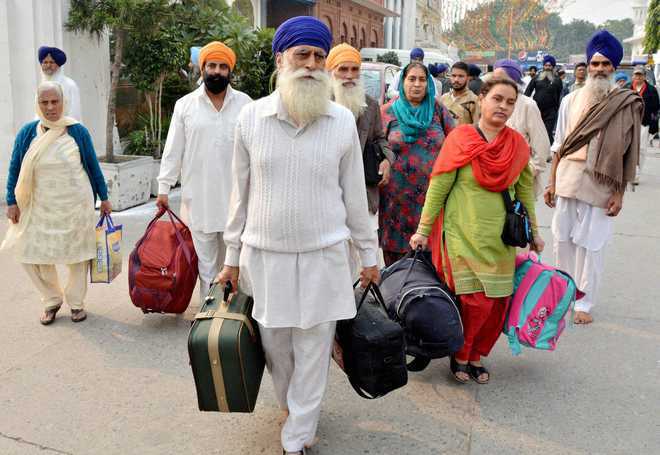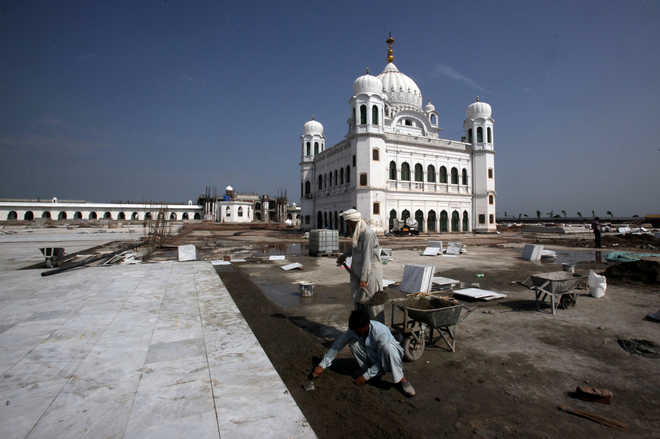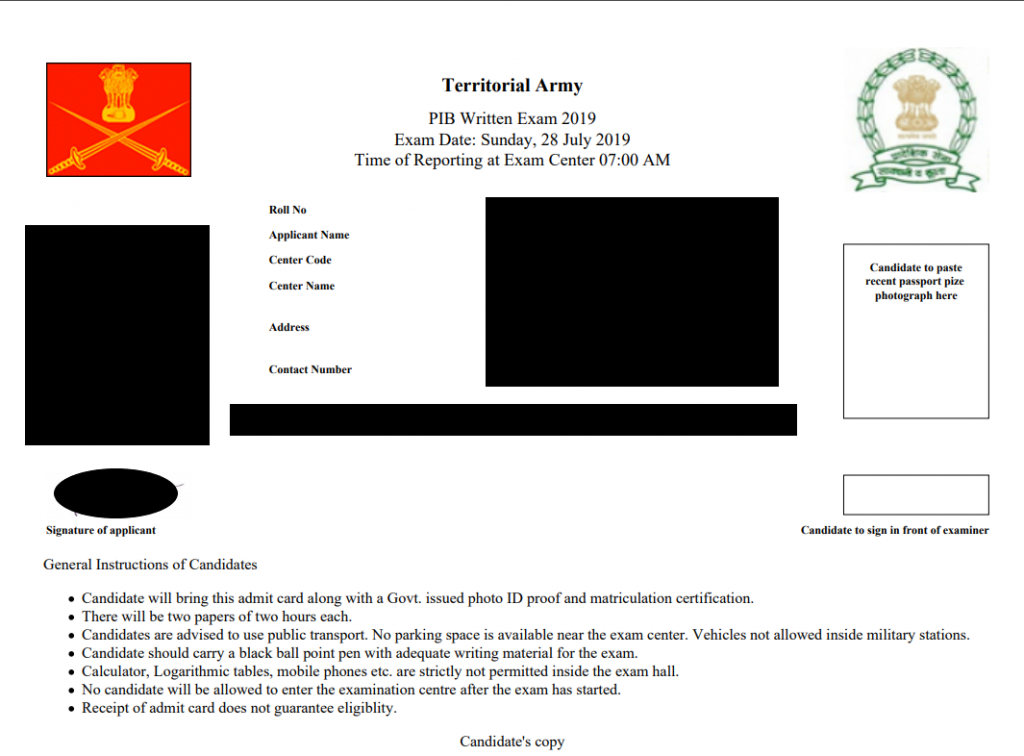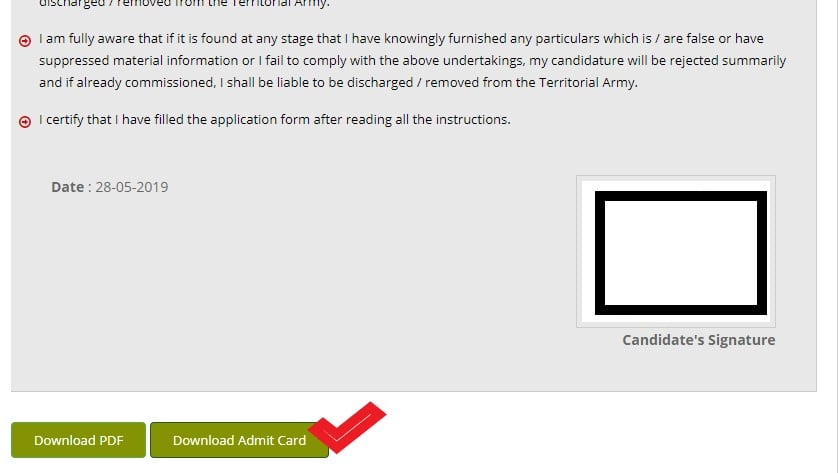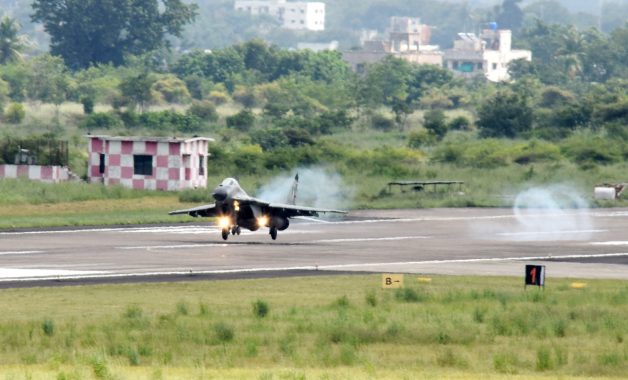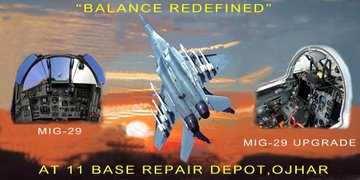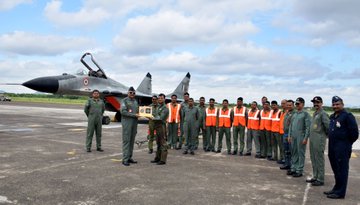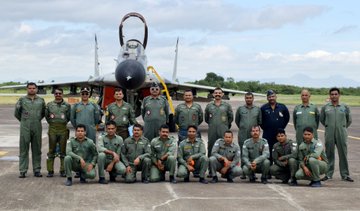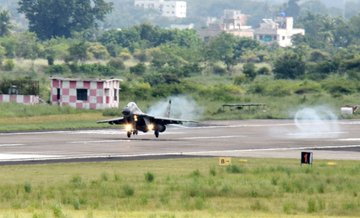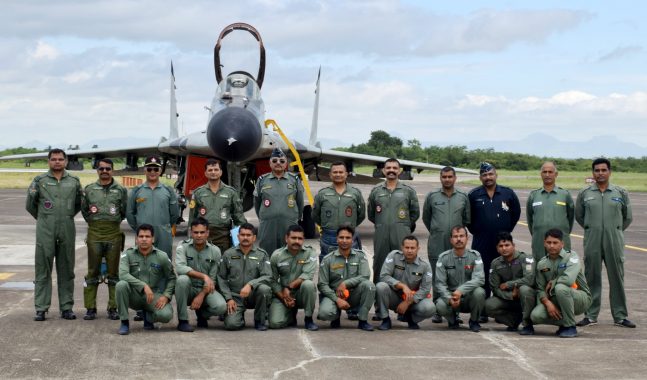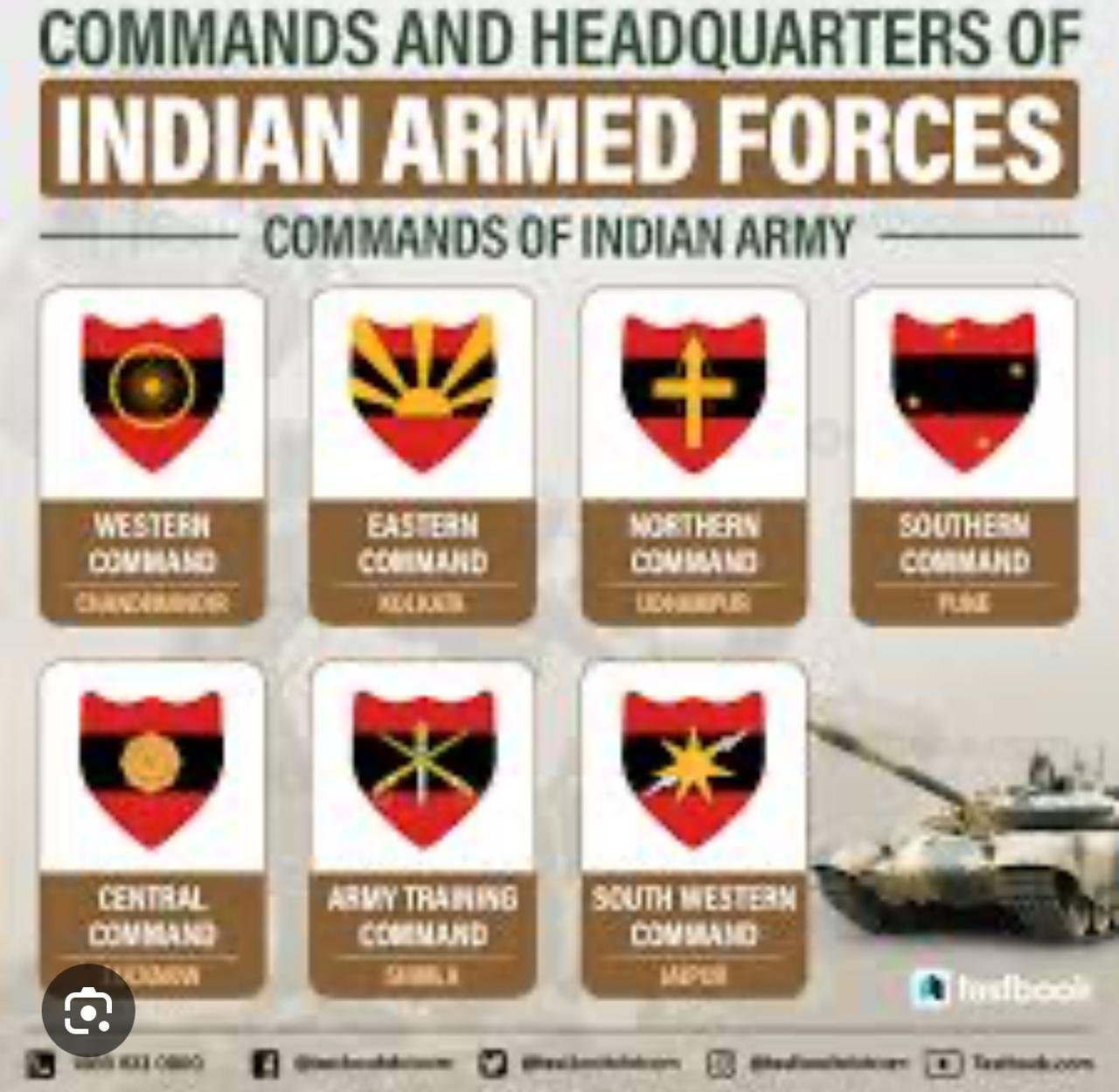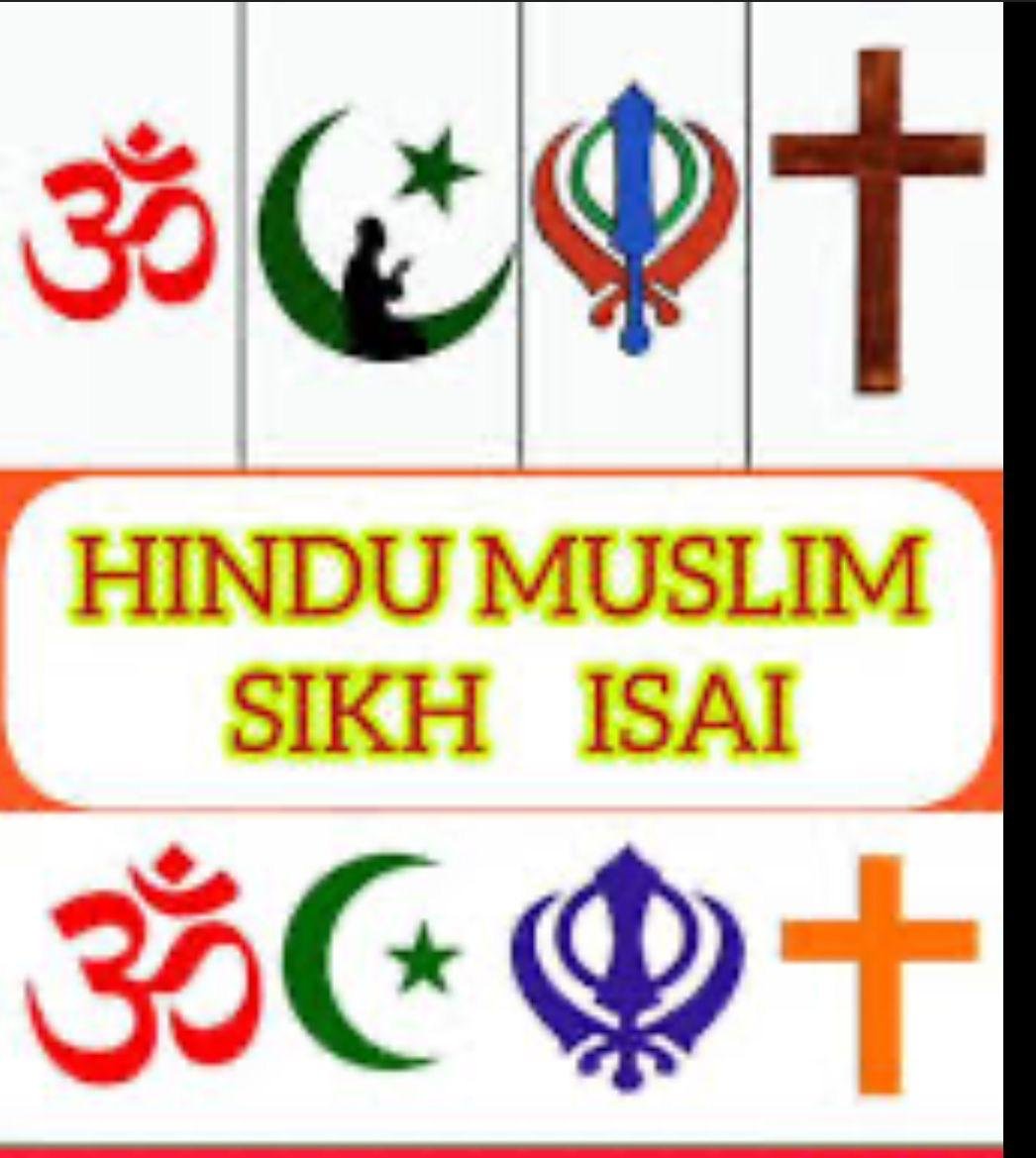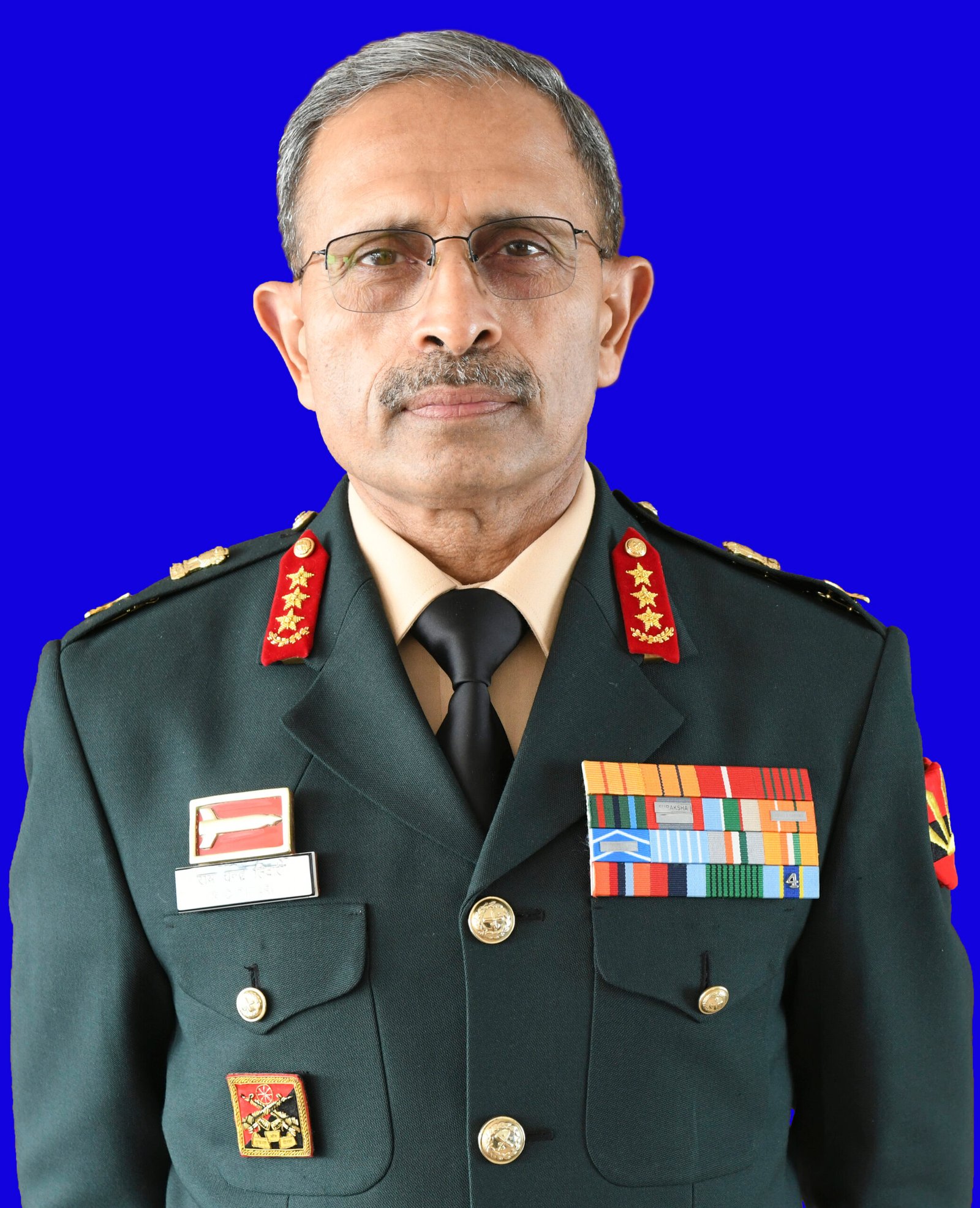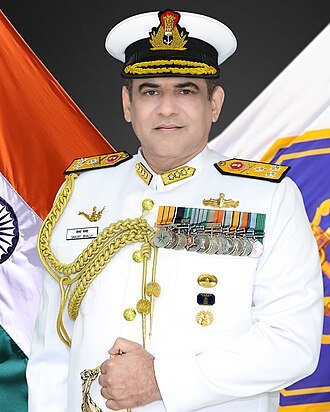
A recent report of the Home Ministry has made public a fact that was known to many but did not get the due visibility in the media and hence remained confined to a few. Ever since, Amit Shah has occupied the all- important chair of the Union Home Minister, the ministry has got a new fillip because of his perceived image of Sardar Patel 2.0. During his recent maiden visit to Kashmir, he minced no words in reiterating the zero tolerance policy of his government towards terror and terrorists.
In the three-pronged strategy he enunciated to the security forces, strict action against terror funding and security forces to ensure that law of the land prevails were the other two prongs. Ever since, his all-important maiden visit and subsequent rousing speeches in the two houses of the Parliament while replying to the debate of extension of President’s Rule in J&K, the media’s ears now remain glued to the North Block. The media eagerly awaits for the next move of the government viz a viz J&K. Thus, the recent report of Ministry of Home Affairs (MHA) revealing that hard line separatist leaders received funds from abroad and utilised them for personal gains- from amassing properties to paying for foreign education of their kin, has not only hogged the limelight in media but also raised a public outcry that the black deeds of these leaders should reach every household in Kashmir.
Tightening its noose around those who were involved in terror funding, terror financing, money laundering and hawala operations, National Investigation Agency (NIA) for the first time under the directions of previous Modi government had arrested many separatist leaders, businessmen, hawala operators and close relatives of the Hurriyat leadership and put them through sustained interrogation to track the sources and origin of terror funding in Kashmir.
NIA was successful in not only tracking the trail of terror funding but also revealed the beneficiaries and how terror was being sustained in the Valley apart from allowing the so-called leaders in Kashmir lead a luxurious life. The regional parties who were heading the governments in Kashmir turned a blind eye to this notorious malpractice because of their vested interest in continuation of terrorism in the state. How else can they explain cases of money laundering and hawala operations which were lingering on for decades together despite the registration of the cases? This, in fact has been the misfortune of Kashmir because the regional mainstream parties owe their political survival to separatist and extremist forces operating in the Valley.
During their interrogation, the separatist leaders confessed that Pakistan was the main source of terror funding with the specific purpose of fuelling separatist sentiments among the people of Kashmir. Cross-LOC trade was one of the major sources of hawala operations and terror financing.
During interrogation, Asiya Andrabi of Duktaran-e-Milat admitted that she had been receiving funds and donations from Pakistan and other foreign sources for organising protests by Muslim girls and women in the valley. She has used part of this money to finance education of her son in Malaysia while major portion of expenses are borne by Zahoor Watali a businessman arrested for terror funding. Watali is one of the main hawala conduits who received funds from Pakistan, ISI, UAE and had floated various shell companies to disguise foreign remittances for further transfer to separatist leaders and stone pelters in the valley.
Masrat Alam, the master-mind of stone-pelters, has confessed that funds were being distributed among various Hurriyat leaders including Syed Ali Shah Gilani. Shabbir Shah, another separatist leader, confessed that his hotel in Pahalgam and other businesses are financed through funds received from Pakistan.
Yasin Malik, who brought together the various factions of Hurriyat under the banner of Joint Resistance Leadership (JRL), which became notorious for issuing “bandh rosters” in Kashmir affecting the lives of common Kashmiris, confessed before the agencies that funds were received from big business houses in Kashmir and other “sources” as well to sustain the bandh calls disrupting economic activities in Kashmir which also indirectly affected the trading community of Jammu.
These funds were used to fuel unrest in the Kashmir valley and organise violent agitations and anti-India activities which resulted in large scale violence leading to numerous injuries and deaths of innocent civilians and security forces personnel. The funds were also used to pay stone pelters, Friday protestors, those tasked to torch schools and government buildings particularly Panchayat Ghar and the over ground workers. Pakistan has also entrusted Hurriyat the responsibility of financing “Home-Grown” terror groups from the funds received by them. Thus apart from promoting and sustaining terror in Kashmir, these leaders were also involved in the killings of Kashmiris, closure of educational institutions and encouraging local youth to join the terror ranks. Among all this they also indulged in luxurious life for self and financing foreign education of their wards.
According to the list released by the MHA, 210 relatives of Kashmiri separatist leaders currently live abroad. The documents also mention that 112 children of the separatists study in foreign lands, out of which 21 belong to 14 well-known separatists. The separatists purportedly utilise the funds received to fuel unrest in the valley in sending their children to foreign schools and universities. The MHA document also reveals as to how they spread hate and violence in Kashmir to further the Pakistani agenda of keeping the pot boiling and Kashmir continuing to remain in perpetual turmoil.
While they deny Kashmiris, the right to live peacefully and decide their future as per their own wishes, they themselves lead a lavish lifestyle. While the separatists encourage the youth of the Valley to pick up stones and arms against security forces and join militancy, they seem to have no qualms in shielding their own family from the strife in the region by settling them not only in the metros but abroad as well. The hands of the Hurriyat leadership are soaked with the blood of innocent Kashmiris and the Kashmiris have the right to know about their misdeeds. This is the story of the great betrayal in Kashmir by their own and they need to be exposed so that the false image they have built in the hearts of the poor Kashmiri folk is shattered.
Sensing defeat in its design of annexing Kashmir through “religious militancy”, radicalisation and jihadi terror, it has now resorted to destroy the future generations of Kashmir by making them drug addicts. The frequency of seizure of drug consignments in the near past must have rung the alarm bells among the concerned authorities by now.
Incidentally, drug menace is not confined to the Valley but has also engulfed the border districts of Jammu region and is slowly penetrating into other areas. It is more alarming in the Valley because the youth there is a vulnerable target due to the prevailing circumstances. The environment is such that the youth can be easily lured to drugs initially for fun sake and subsequently turning them into addicts. The example of post-militancy Punjab is worth noting. Radicalisation and drug-addiction are the two major challenges staring in the face of the administration.
The betrayal of their own for lust of money at the behest of an enemy nation needs to be exposed to the Kashmiris. The people need to know that how they have been cheated by their revered leaders in the garb of the “cause.” It is obvious now that it was the lure of money that guided these leaders and that was their sole cause. Every Kashmiri young or old needs to know the true face of the leaders who have been pushing them into hell for their personal gains. There is a need to launch “Back to Village 2.0” in the state. While “Back to Village 1.0” a massive outreach programme was aimed at taking the administration to the doorstep of the villagers, its 2.0 version should aim at launching an effective information campaign.
The information campaign apart from exposing the betrayers should also launch massive anti-drug and anti-radicalisation campaigns. Apart from extensive exploitation of the vernacular press, the campaign should also aim at educating the people and making them aware through audio-visual means. One is reminded of the good old days when the teams of field publicity division of the Government of India used to visit the villages with 16 mm projectors and screen documentary films. Now the technology has improved manifold. Rather than depending on in-house resources government should consider taking the services of professionals in the field. The films/songs should be in the local dialects to widen their reach. Use should also be made of the local “Bhands”, which will also help in promoting the local folk art. “Nukkad Natak” (Street plays) can also be staged by professional groups who excel in the field.
If terror has to end and lasting peace ensured in Kashmir, the terror support network both local and Pak-sponsored will have to be completely eliminated. Social awareness will ensure that such elements are exposed and are unable to mislead the simple Kashmiris with anti-India propaganda and exploit the Kashmiri youth.
(The author is a Jammu based political commentator, columnist, security and strategic analyst. He can be contacted at anil5457@gmail.co
